The International Mountain Tourism Alliance (IMTA) unveiled the second cohort of designated "World Famous Tourism Mountains" during the IMTA Annual Conference 2025 in Guiyang. The list includes eight distinguished sites recognized for their outstanding natural and cultural value.
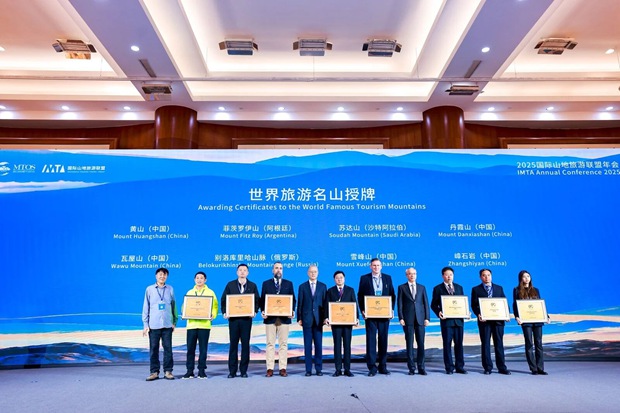
The newly designated mountains are:
Mount Huangshan (China)
Mount Fitz Roy (Argentina)
Soudah Mountain (Saudi Arabia)
Danxiashan Mountain (China)
Wawu Mountain (China)
Belokurikhinsky Mountain Range (Russia)
Mount Xuefengshan (China)
Zhangshiyan (China)
The "World Famous Tourism Mountains" initiative, launched by the IMTA, aims to establish global benchmarks for high-quality mountain tourism destinations. The selection follows the Certification Criteria of World Famous Tourism Mountains published in 2024, which also guided the inaugural selection of 14 mountains, including Switzerland's Jungfrau and Nepal's Annapurna Massif.
Expanding a Global Network for Sustainable Tourism
The expansion of the "World Famous Tourism Mountains" list enriches the portfolio of premium global mountain destinations. It provides authoritative reference for travelers and underscores the unique characteristics, core resources, and inherent value of these sites, fostering sustainable development and collaborative growth within the global mountain tourism community.
Mount Huangshan (Anhui, China)
Located in Huangshan City, Anhui Province, Mount Huangshan was historically known as Yishan. It is renowned for its "Five Unique Wonders" — legendary pine trees, grotesque rocks, sea of clouds, hot springs, and winter snow — as well as its cultural heritage in calligraphy, painting, literature, folklore, and historical figures. It is often called the "No. 1 Miraculous Mountain under Heaven," a "Heaven-Sent Painting," and the "Land of Pines, Clouds, and Peaks."
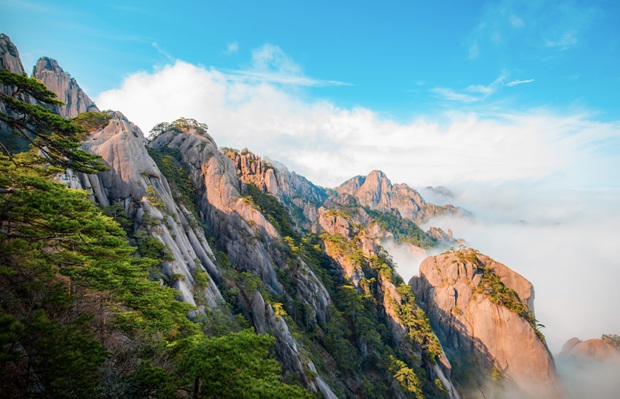
Image credit: Huangshan Scenic Area Management Committee
Mount Fitz Roy (Argentina)
Situated in the Patagonia region of southern Argentina, Mount Fitz Roy is an iconic peak in the Andes Mountains, straddling the border between Argentina and Chile. With an elevation of approximately 3,359–3,405 meters, it is famous for its steep granite cliffs, perpetually mist-shrouded scenery, and extreme climbing challenges.
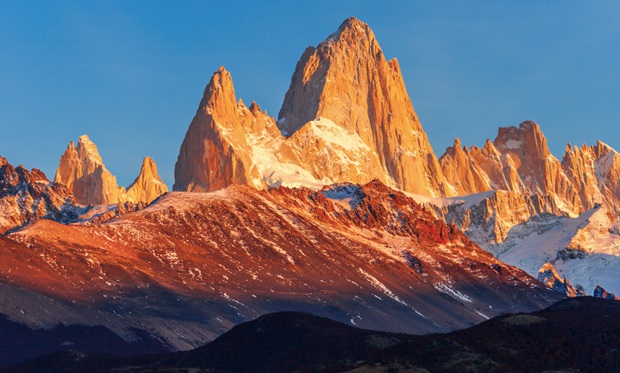
Image credit: Tourism Bureau of Santa Cruz Province
Soudah Mountain (Saudi Arabia)
Located in the Asir region of southwestern Saudi Arabia, Soudah Mountain is the country’s highest peak. Known for its high altitude and cool climate, it serves as a popular summer retreat.
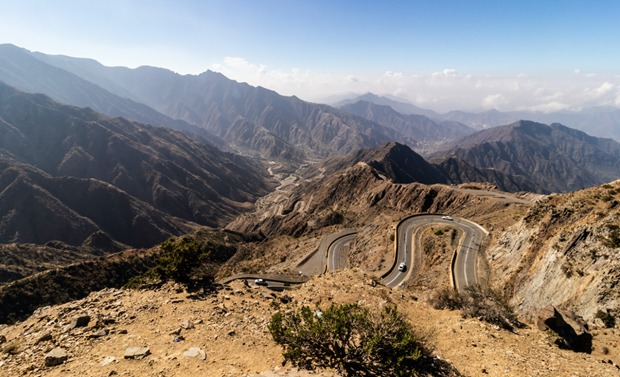
Image credit: Soudah Development Company
Danxiashan Mountain (Guangdong, China)
Danxiashan Mountain lies in Renhua County, Shaoguan City, Guangdong Province. It is the namesake of the global "Danxia landform," characterized by over 680 reddish sandstone formations with flat tops, steep cliffs, and gentle foothills. The area is celebrated for its vivid, crimson cliffs, often described as “rich as cinnabar, bright as sunset clouds.”
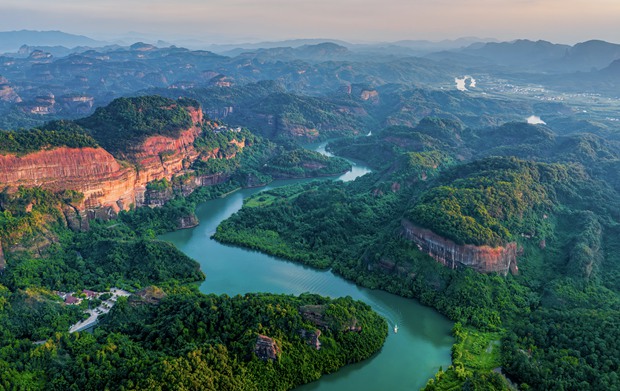
Image credit: Danxiashan Management Committee of Shaoguan City
Wawu Mountain (Sichuan, China)
Located in Hongya County, Meishan City, Sichuan Province, Wawu Mountain is the second-largest mesa in the world and the largest in Asia. In 2017, it was honored as the "Most Beautiful Mesa" by Chinese Geography.
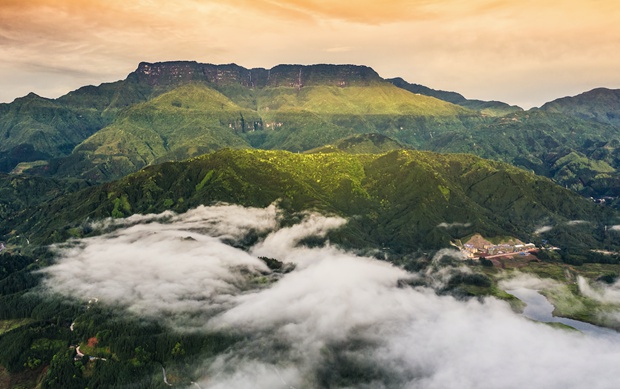
Image credit: Wawu Mountain Investment Co., Ltd.
Belokurikhinsky Mountain Range (Russia)
Situated in the southeastern part of the Altai Krai, the Belokurikhinsky Mountain Range experiences a typical Siberian climate. It is a major ski resort in Russia, well-known for its steep slopes.
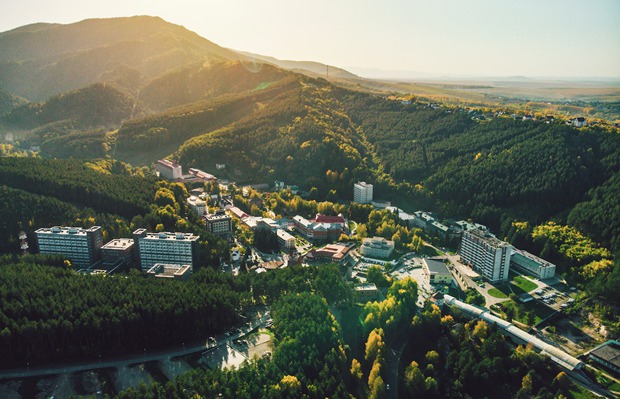
Image credit: Belokurikha Resort Joint Stock Company
Mount Xuefengshan (Hunan, China)
Located in Hunan Province, Mount Xuefengshan lies within a subtropical monsoon climate zone and frequently experiences snow in winter. Its highest peak, Subao Ding, reaches 1,934 meters above sea level.
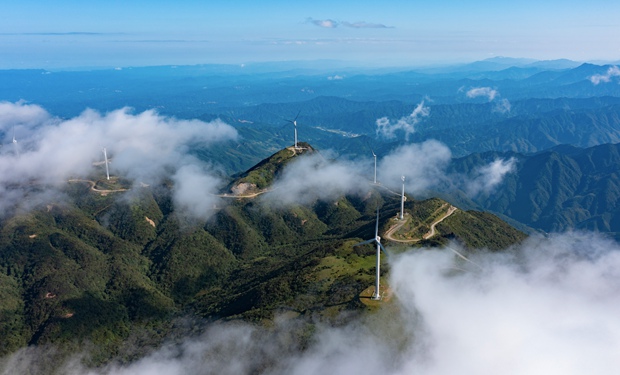
Image credit: Hunan Xuefengshan Forest Park Management Office & Hunan Xuefengshan Eco-Cultural Tourism Co., Ltd.
Zhangshiyan (Hebei, China)
Located in Shijiazhuang, Hebei Province, Zhangshiyan represents the essence of the Taihang Mountains Forest Park. It is distinguished by a massive natural echo wall and gives its name to the "Zhangshiyan landform." This landform, together with the Danxia and Zhangjiajie landforms, is celebrated as one of China's three major sandstone tourism landforms.

Image credit: Hebei CYTS Zhangshiyan Tourism Development and Operation Co., Ltd.
Editor Ⅰ: Zhang Wenwen
Editor Ⅱ: Bao Gang
Editor Ⅲ: Liu Guosong














